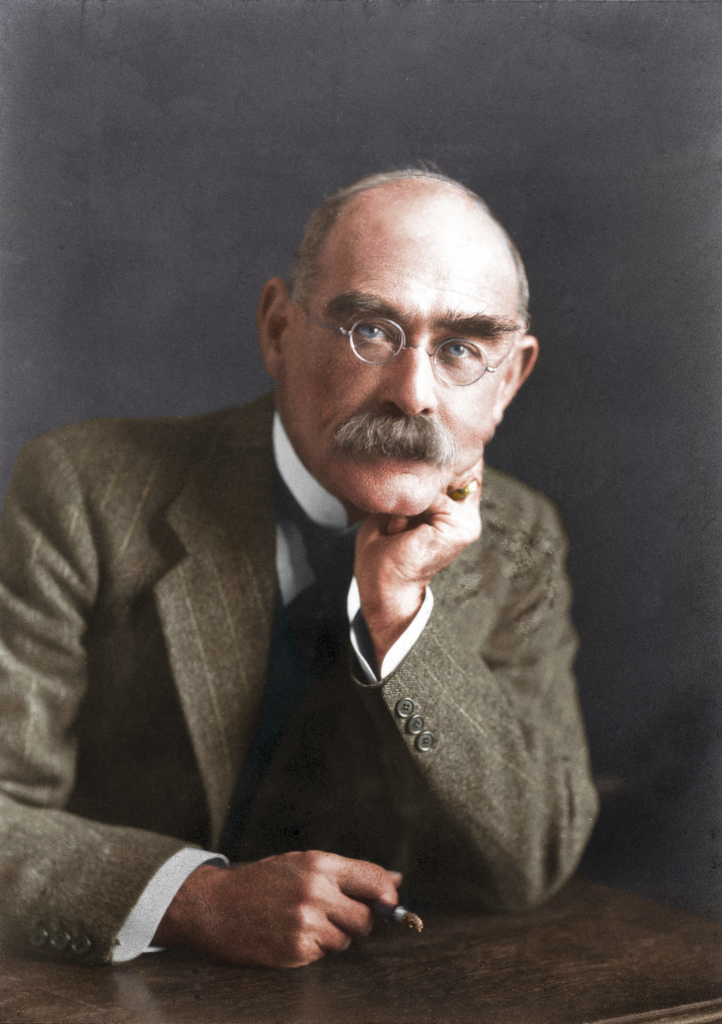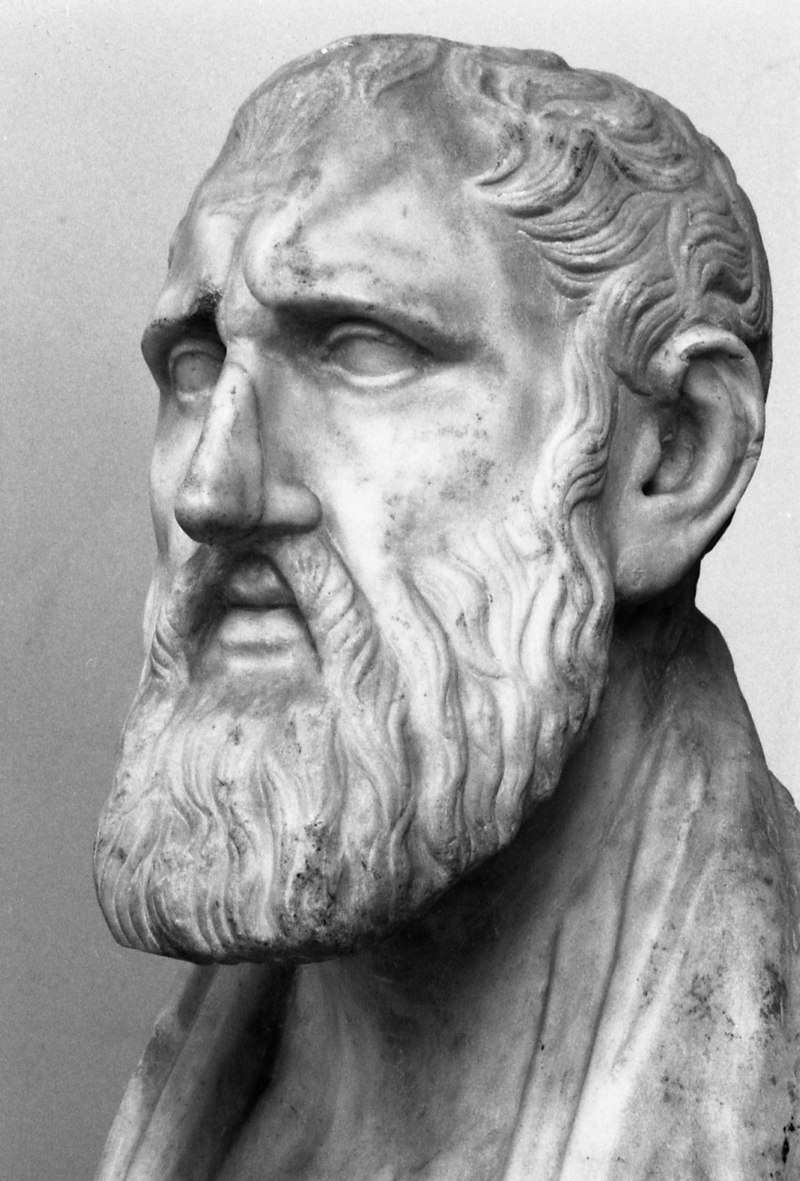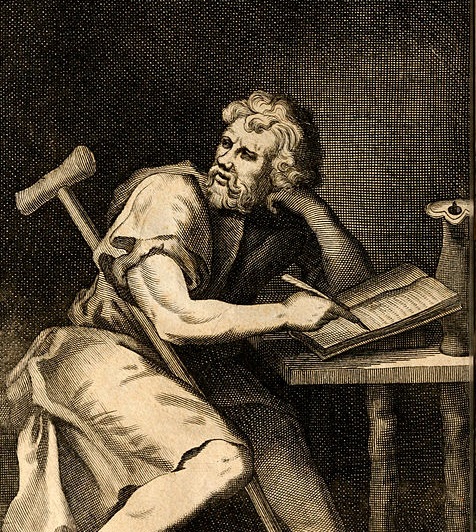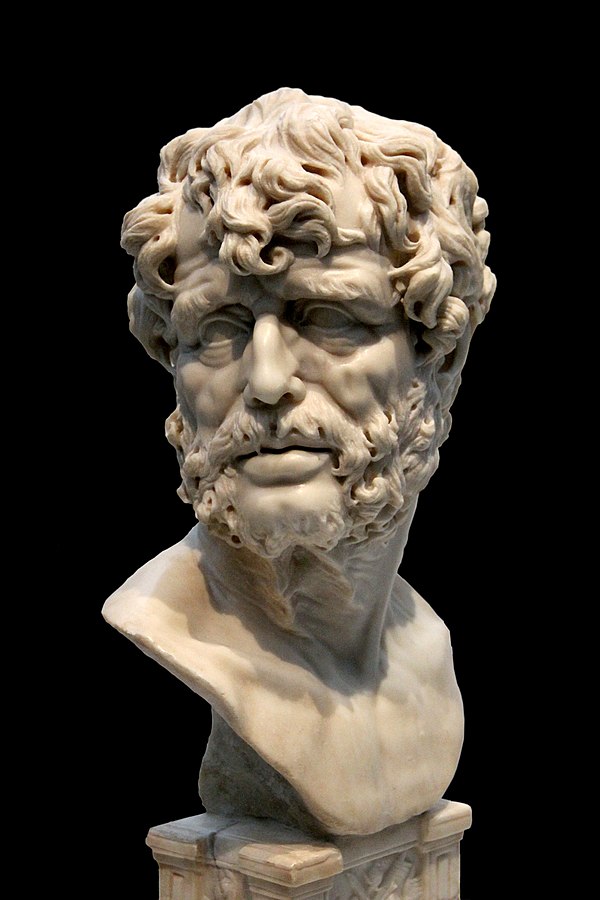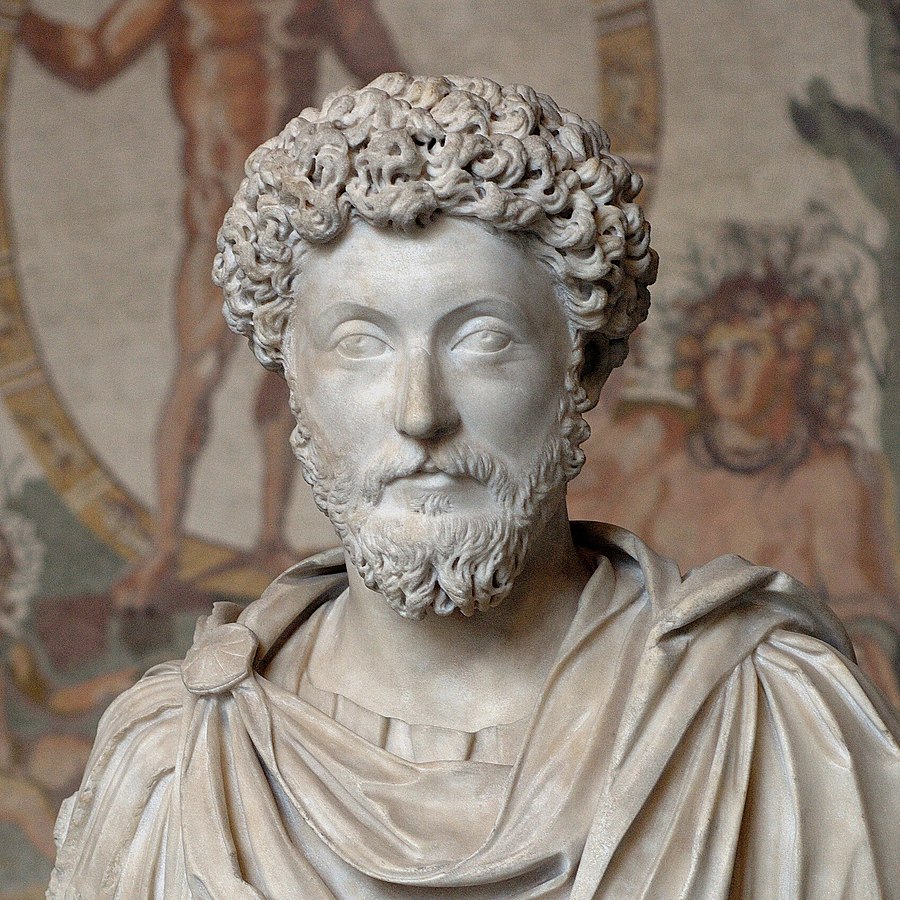What makes a certain piece of art – “the art”?
One simple activity; think of your favorite song. The song that gives satisfaction to your ears. Now think why is this song your favorite song? It is very normal that some people (and most of the people) will get confused when asked for a particular song – they will generally have a set of songs in their favorites list, some people are really particular about the genre, some people prefer the singers, some people prefer certain musical instruments, some people love the song because they loved the movie, the game that song was in, some people like that song because they love the fashion sense of the artist. In nutshell, there is no hard and fast formula to a popular, successful song or any art that we love.
Now ask this to yourself – what would happen if you found out the artist that created your favorite song, your favorite painting, your favorite movie, your favorite series, your favorite book is accused of certain misconduct, misbehavior or some unconventional, antisocial, inhuman behavior? Would you still like that song, that piece of an art, that creation?
The answer to this question is somewhat complicated but you know what they say – “it is the poetry and music which have the power to communicate complicated feeling in simple words and melodies.” I have a song to recommend which was exactly created (maybe) for answering this question on our preferences with any creative ventures and their symbols.
The song is called Mr. Toot by the famous creator duo called Ylvis (“What does the Fox Say?” fame duo). The song is so underrated and hidden in the abyss of at least 8 years from its creation. One would think that people have forgotten this song and make question why a song of such timelessness has not received the recognition it deserves. The vibe this song gives at first is like a silly ballad one sings to make children happy but it has some of the best and simple lyrics, musical hooks and also an impeccable visual story.
Let’s begin and dissect. It’s a simple story told through a song –
The song and the lyrics
Come with me to Istanbul,
Land of turbans, spice and carpets
This is the tale of Mr. Toot,
Legendary music man
Up on the roof he played the Toot,
No one could resist his rhythm
Slave and Sultan side by side,
Dancing dance of Mr. Toot
What’s that sound? Is it him?
Did you see a shadow moving?
Everybody - Quiet, quiet,
can you hear him? - Mr. Toot!
Play it, Mr. Toot!
So the out storyteller takes us to Istanbul where a Toot player is very famous for his instrument. People adore him for his command on this musical instrument “Toot”. This Mr. toot is such a skillful and creative person that his music tempts everyone in the area to dance on his music. It is the equalizer in the city because Slaves and Master dance shoulder to shoulder on his music. People encourage him to play his toot.
Ladies kissed him on the belly,
Children dressed like him in school
He ate caviar and jelly,
Bought a modern swimming pool
Soon Mr. Toot became popular, ladies always appreciated him. He became idol in the area, children admired him. He started enjoying exotic foods and did some “pool parties”.
Yes, Mr. Toot got greedy,
Wanted even better Toot
Threw the Toot from highest tower,
Bought a fancy MIDI Toot
Then a poster in the city,
Mr. Ibanez tonight Modern show with modern music,
Smoke machine and laser light
Play it, Mr. Toot!
With this popularity, Mr. Toot became more ambitious. He wished for more advanced instrument where he could create new music and please his audience. He made all the publicity in the city with new name, new branding, new visuals of smoke and lasers. People came to listen to this new version of Mr. Toot as Mr. Ibanez but when he started playing with his “Fancy” MIDI Toot, people disliked him. Nobody liked what he evolved into. Turns out people actually loved the old version of Mr. Toot!
That was the end of Mr. Toot,
He was never to return
Though you can kill the man,
You can never kill the Toot
Play it, Mr. Toot!
This is how the story of Mr. Toot (now greedy Mr. Toot) ends. From visuals of the song, you will see that someone from his admirers – a children in the city again picks the Toot and starts playing, people appreciate him. That is when we realize that it was the toot and not the toot player that people loved. So, play it Mr. Toot (the brand new Mr. Toot) People have assigned new king on the throne of their hearts now – that kid with Toot – the new Mr. Toot!
The background of the song

Ylvis is a duo of Norwegian brothers – Vegard and Bård Ylvisåker. They have very comedic presence in popular culture and are known for one of the weirdest but catchy song called “The Fox (What does the fox say?)” This “The Fox” song has such nonsensical lyrics and equally nonsensical music composition that one would really question their choices for a while but the same person will appreciate the “vibes” it creates. One cannot resist grooving to that song. Mr. Toot song’s musical composition is largely based on a song called Adir Adirim by Israeli music group Balkan Beat Box (BBB) with Victoria Hanna. Adir Adirim in simple words is the praise of the Lord Almighty (Link in references).
The song Mr. Toot adopts only the music from Adir Adirim and builds a story through its independent lyrics. When there is this moment of Mr. Toot experimenting with MIDI toot, the music gives some fantastic melody with improvisation which sounds good but, in the video, you will find that people disliked that improvised melody.
Toot world is derived from an actual musical instrument called Oud – one can call it the Arabic or Persian version of Lute.

The hidden meanings
The song Mr. Toot may seem very simple while listening and an “ear candy” due to its catchy music but it is some sort of dark humor.
There could be multiple interpretations to this song and there is a reason to it.
- First –
It is a story about how an artist suddenly becomes overconfident about his skills and under calculates the role of his/her followers in his overall success. The artist clearly forgets importance of the auxiliary supporters (in this case “the musical instrument toot”) in his journey to become a legend. You will find many real life examples in music industry or any art industry on this.
- Second –
The other interpretation is about the labors of creating a piece of art. How risky is it? An artist has to always reinvent himself otherwise he/ she will become irrelevant in the time of change. This is extremely sensitive with the artist who are insanely famous. It is always unknown, ambiguous about the response of the public and their “die hard” followers to such reinvention. The artist misjudges what his target audience is expecting from him/her.
- Third –
The artist clearly forgets his/her creative pursuit which was what his audience liked about him/her and indulges him/herself in distracting pleasures which actually do not contribute to his art in a constructive way
- Fourth –
People don’t like the things they love to change drastically. The comfort that certain artist provides for certain art is what people actually love about it in totality. When an artist makes sudden creative change, people consider it no different that a betrayal or a personal attack
- Fifth –
This one is actually the most distant interpretation but it deserves a mention here. When people realize that the artist whose creation they adore is actually a hollow person from inside or some commoner similar to a normal person among them (a person with no real talents) – do they reject that piece of art that he/ she created? That is where “boycott culture” or “cancel culture” comes in picture. We have many examples where artists, actors, creative people, production houses have behaved in a certain way to redefine the morality in the society. So, does that reduce the love we had for their creations? The answer is unsurprisingly unclear!
There is a reason why there are many interpretations to this song and why people will always have mixed opinions about their close to heart but immorally sourced/ created pieces of art. As if these are moral guilty pleasure for many of us.
Experimental evidences from Sociology
One experiment was done by a Professor of Sociology from Princeton University – Prof. Matthew J. Salganik and his team on what make a popular creation “popular”? what makes a creative piece – “the creative masterpiece”? In this experiment, they created a website for downloading songs (exactly 48 songs from 18 bands) for some set of people (exactly 14,341 people). These songs were unknown to them, nobody had listened to them before. What they did next is that they created independent eight “worlds” in these groups where only specific information was provided to certain world while downloading the song.
The researchers point out in this study that the information from the “independent world” where no information regarding the songs and the bands where given would create a baseline reading about the quality of the song (Also songs are ordered randomly in this independent world). As nobody in this independent world knows – “what the band is?” or “what the song is?” They will have to actually listen to the songs and then rate it as good or bad. As the listeners of this specific independent world have rated the songs without any influence, this creates a good judgement about the quality of the song which is the baseline of the experiment.
Now researchers provided some preconception about the bands and the song for the other worlds. They included top chart lists, most downloaded lists, most popular bands list to other worlds, songs were ordered by downloads count. Then researchers asked the people to choose their favorite song. In some sense they influenced these people with some social opinions already established.
Upon comparing these top-charts from socially influenced worlds with the uninfluenced independent worlds researchers found out that social influence always plays important role in deciding the success of certain song, certain piece of art. In terms of popular arts, cultural markets – our choices, preferences are always influenced by social influences. We are always driven by such choices of others while deciding the popularity of a creative piece.
Important thing to understand from this study is the randomness and unpredictability in determining the success of the song. When such social influences interfere, it becomes very difficult to find what made that certain song top in the charts. The opinion of every person is influenced by the last one which keeps on building. Researchers also comment here that it is not the inability or incompetence of judges that makes it difficult to find that “WOW!” factor in the popular song, it is the influence of surrounding society which randomizes their preferences.
From this study one must also understand how important it becomes to create the story, the brand, the image for making anything popular and successful. How word of mouth can create an overnight success. No wonder the business of social media influencing and profession of influencers (aka Social Influenzas !!!) has became pivotal to built popularity.
It is also important to note that how the popular arts of certain era are actually the reflection of the social constructs of those times, which is fascinating on so many levels. Retro era’s, the 70s, the 80s, disco era are some best examples to prove this. Even in the history of art Renaissance Period – one notable revolutionary period reflects how society at that time was.
It also highlights the importance of popular arts as the cultural footprints in the history of humanity.
Philosophical implications of art and its creator
It is also important to understand that there were some popular pieces of art whose artists were famous for some really bad reasons. So, the moral question posed becomes important here – should society reject the popular art of a notorious artist? Can a great art be separated from its bad creator?
Plato in his famous book “the Republic” threw some light on the morality of the art. He argued that art is always influential; that is why it invokes certain feeling in people, it creates an imitation of reality which can be totally different from the reality sometimes. This makes the creation of art misleading to people and can inspire them in negative ways too.
Seneca – a philosopher known for stoicism clearly establishes that it is the out-coming influence this art creates which will decide whether it is good or bad independent of its creator. It is always the end effect, last influence of art (which is unpredictable due to the randomness generated from social influences)
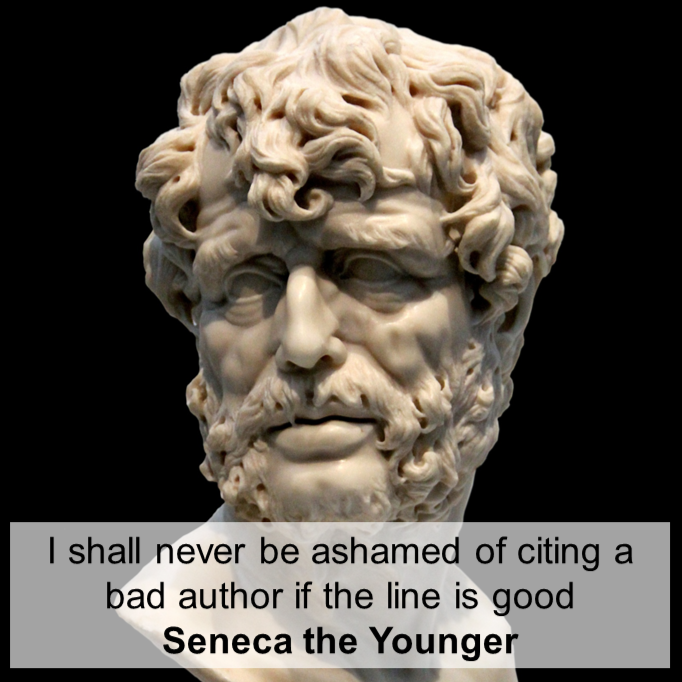
Conclusion
Important thing here is that there are many factors, many ways in which an art can influence people. As it is really difficult to pinpoint the “WOW” factor of the popular art; it is equally difficult to predict what part of an art would trigger the social construct.
In other words, there is no correlation between the person who created the art and the art itself even though it was created from him/her. (I know it is paradoxical.)
It becomes very difficult to predict whether people will accept a song, a painting, a book, a creative piece made by a hardcore criminal with really dark history which could shake humanity to its core. Sometimes the art itself becomes so self-reliant, self-supportive after its creation that people detach its creator from it, sometimes the art is truly worthy of recognition but people “cancel” it due to the character of its creator. (Again, I know it sounds counterintuitive.)
This is one of the very hard nuts to crack which can be supported by the sociological experiment done by Prof. Salganik.
Even though “the best” art creations in the world are better than the average creations as in they stand out of the rest creations thereby making them highlighted, it is also very difficult to point out or to predict what makes these things stand out. It is some sort of paradox. But that is what also reveals what an art really is. This paradox actually restores the uniqueness of every creation. That is why you can never know whether your creation is going to be popular or crash like hell before revealing it to the society.
These ideas also highlight how unique, recurring and non repetitive it is to create a true and remarkable piece of art. How difficult it is to create a true piece of art due to the inherent ambiguity of perception after its reveal! You can never know what good is going to get presented through your art in front of the world. That is also why a true artist needs to believe in his intents, his delivery and his style. This rediscovery, redefining of a person as an artist on personal level with society as a unit of human history to a new definition, new perception through such “special/ popular/ famous art” maybe is the purpose of the art.
References and further reading –
- Mr. Toot by Ylvis – Fandom
- Adir Adirim by Balkan Beat Box (feat. Victoria Hanna)
- Salganik, M.J., Dodds, P.S. and Watts, D.J., 2006. Experimental study of inequality and unpredictability in an artificial cultural market. science, 311(5762), pp.854-856.
- Epstein, Z., Groh, M., Dubey, A. and Pentland, A., 2021. Social influence leads to the formation of diverse local trends. Proceedings of the ACM on Human-Computer Interaction, 5(CSCW2), pp.1-18. Massachusetts Institute of Technology, Media Lab USA
- Plato’s The Republic



